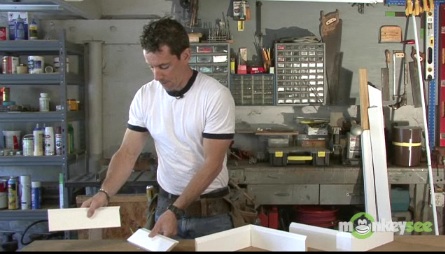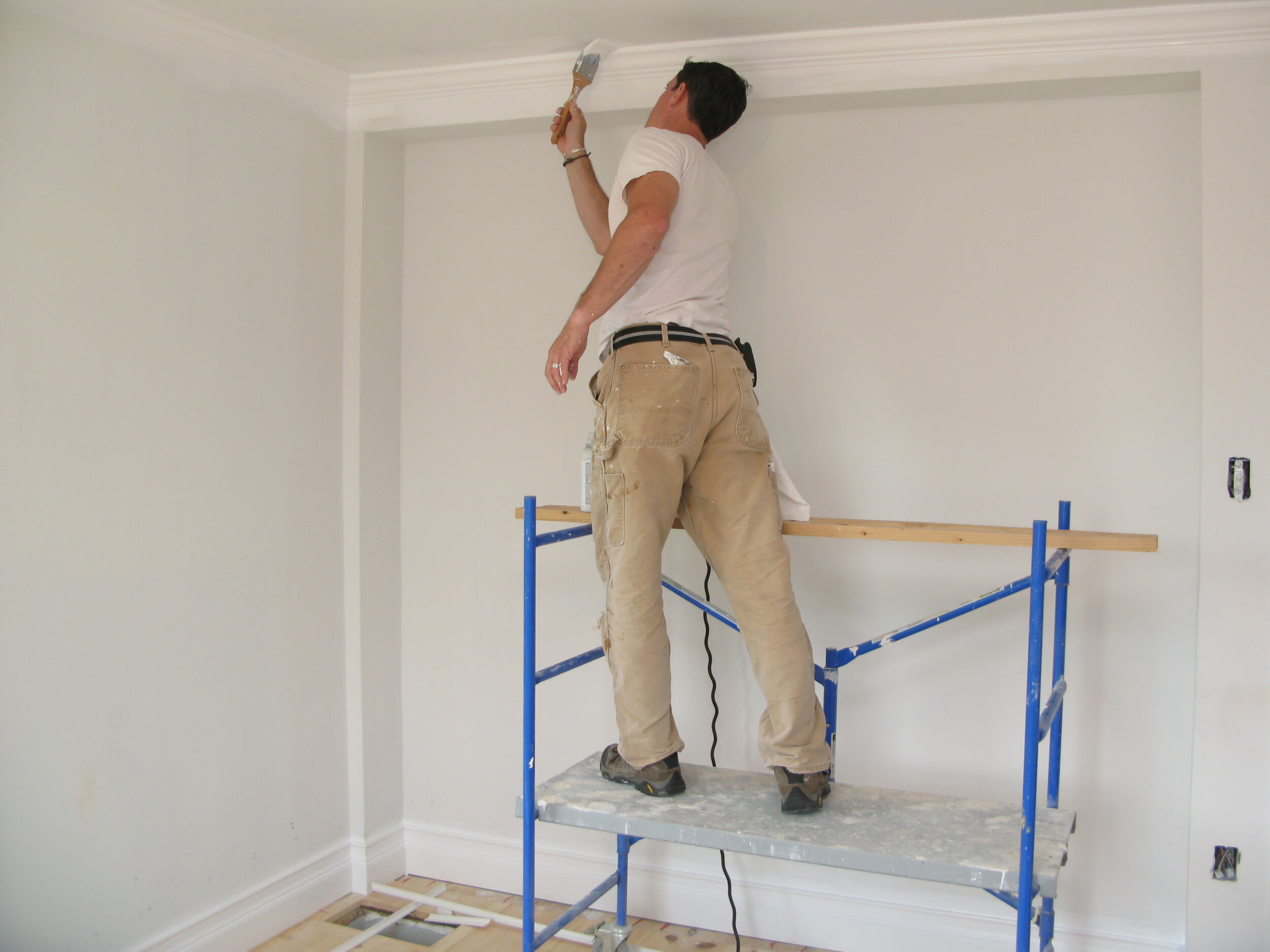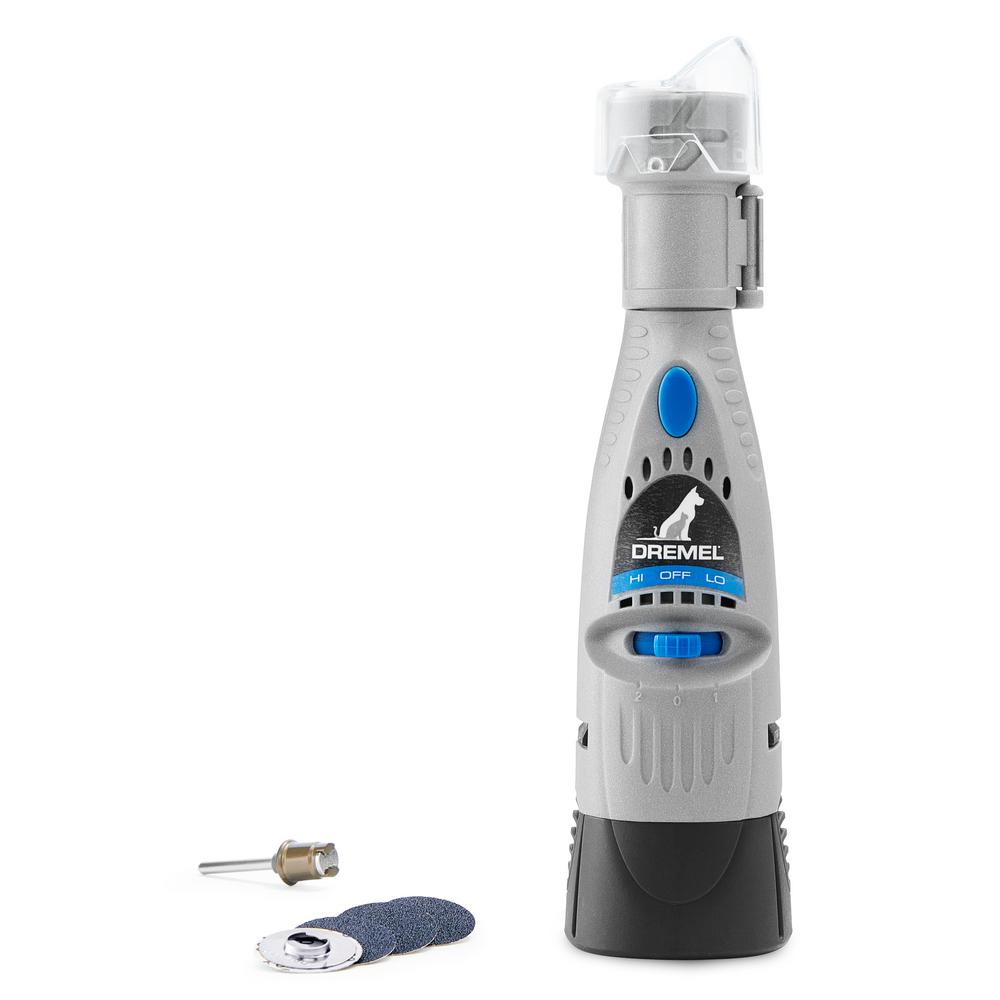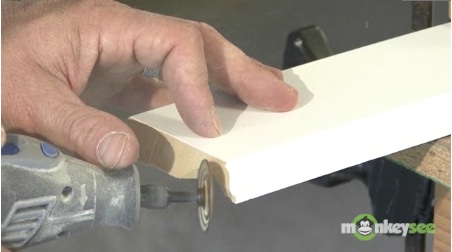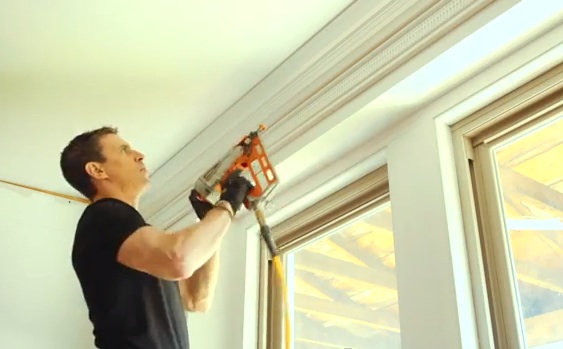
Question: Mark, Should I cope or miter crown molding in my upcoming trim project? Or should I try those pre-made corner blocks? I saw your video about coping using a Dremel tool. This is my first crown project, so I have a lot of questions. The first one: Choosing between a crown molding that I cut and cope myself or one where the corners are pre-made.

Answer: Awesome, awesome question.
Coping is a skill and for most crowns (and other moldings), it’s the way to go for cutting your inside corners if you can master it. And, you can.
I always recommend buying a practice piece and figuring out the mojo before starting the actual project. Coping—which I almost always do with a coping saw—provides a close-to-seamless transition between inside corners and is ideal for walls and ceilings that are out of square.
On the other hand, there are several miter-less molding systems out there which short-cut the need for ‘should I cope or miter crown molding‘ question.
The key for me, if you don’t cope or miter crown molding, is oversize transition blocks. They’re a larger but complimentary profile of the crown you’re installing. And, this creates creates different design possibilities that can rock the room and make you look like a rock star.
Use “keystones” in the center of a room or over a door. Instead of trying to hide poorly detailed transitions with bad cuts and a gallon of caulk, you “celebrate” them with fine curves and shadow lines. And if the corner is waaaay out of whack you can back-cut the crown to get a tighter fit. (I recommend using scrap pieces to test the back-cut first.)
A corner-block approach does what good carpenters and designers have done for eons—instead of half-measures that try and mask the imperfections that always exist, they highlight it. And in so doing, hide it under design that is easy to love.


